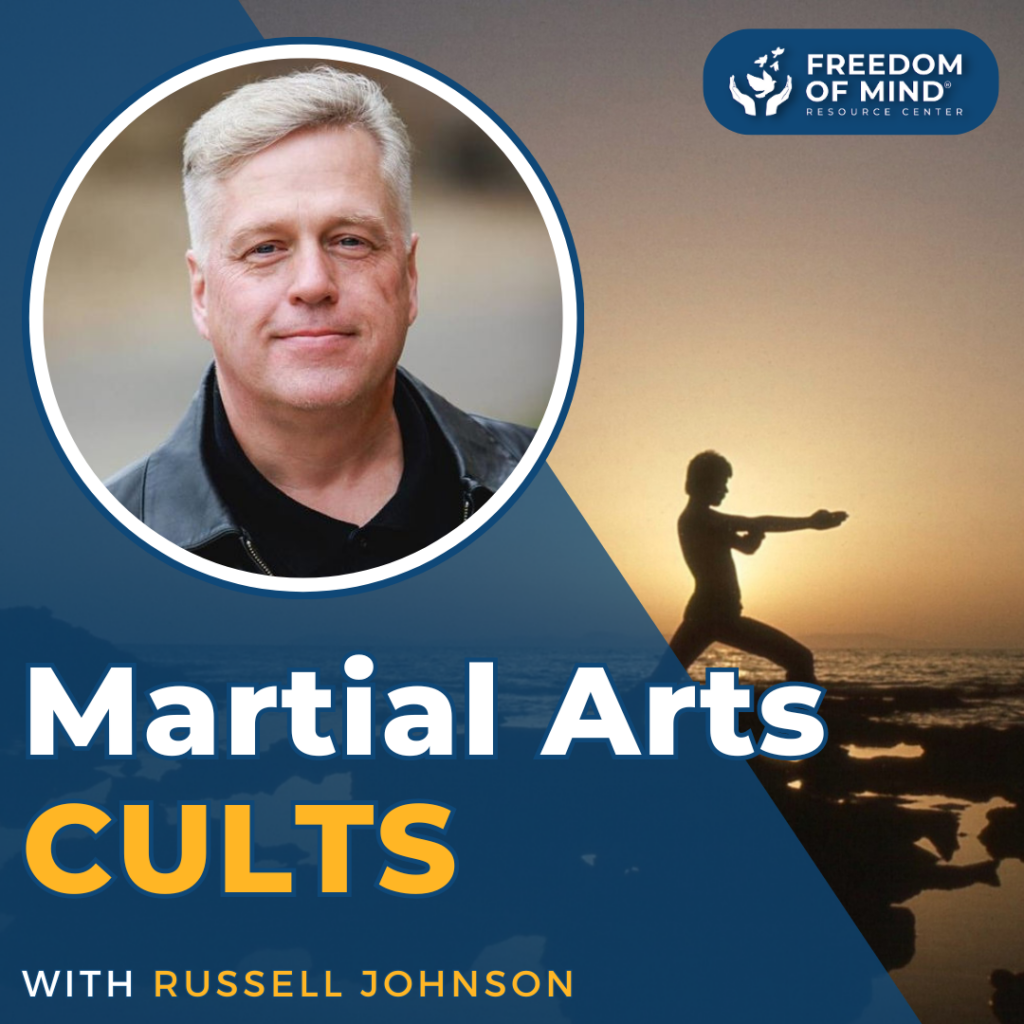
This morning, The New York Times published an article entitled “Radicalization of a Belgium Student Turned Bomb Maker Was Invisible.” This piece, written by Alissa J. Rubin, details the conversion of 24-year-old Najim Laachraoui, one of the suicide bombers responsible for the attack of the Belgium airport on March 22. Rubin cites associates and family members of Laachraoui, who all say that while he leaned toward a strict version of Islam, and they did notice changes in his ideology and behavior, they never suspected he would be capable of such violent acts. By all accounts, before his conversion Laachraoui was not a violent person, he was not unstable, and he was not sympathetic to those professing hate. It’s very likely that a young Laachraoui would have been appalled by the thought of becoming a suicide bomber. So, what happened?
This “invisible radicalization” among those who become members of the Islamic State and other high-control cults is not uncommon. Organizations like ISIS routinely use deceptive tactics to recruit intelligent young people into their ranks. Because there are a variety of front groups used, it’s very possible that Laachraoui was unaware that the people he made first contact with were even tied to ISIS. Khalid Zerkani, the street preacher who introduced Laachraoui to ISIS was likely trained in how to employ persuasive techniques like “love-bombing” on potential recruits. This article mentions that Laachraoui’s hometown of Schaerbeek was known to have problems with Islamophobia and segregation of minorities. When Laachraoui heard the message of the preacher and was invited to join a brotherhood of fellow Muslims, he likely thought he’d found acceptance.
I have spent 40 years researching cult recruitment tactics and mind control. Through my research, I have created the BITE model that outlines the four types of control that cults and other high-control groups use over their victims. These four types of control are: behavior control, information control, thought control, and emotional control. When a group has managed to assert power over these four areas, a recruit like Laachraoui becomes a member and that member can be used for any purpose the leadership demands. When it comes to terrorist groups, the same basic principles apply, but with much more dangerous outcomes. To learn more, visit my page on violent extremism.
ISIS is, at its core a destructive cult. I have written and spoken about this very fact previously and it seems others are now coming to same conclusion. Just this week on Fareed Zakaria’s GPS, Philip Mudd, CNN’s Counter Terrorism expert and former CIA official used the term “cult” twice. These types of statements mark important progress in understanding terrorist groups like ISIS. Instead of seeing them as a mysterious and powerful group of fanatics, it is important we begin examining their practices and recruitment methods.
Looking back, there were subtle signs that Laachraoui was a victim of undue influence. I believe that early intervention by concerned family members could have stopped him from becoming an ISIS soldier. I have made it my goal to work towards the development of a program that trains others to recognize recruitment activity and the warning signs of undue influence in our communities. If shared on a widespread basis, this information could be extremely helpful in the fight against terrorism and help end the suffering caused by deceptive cults like ISIS.




